画像 e minor scale guitar fretboard 811877-E minor scale guitar fretboard
Learn how to play the Minor (Aeolian) guitar scale with guitar tabs and neck diagrams all along the fretboard The Minor Scale (Aeolian) scale is composed of the Root, Major Second, Minor Third, Perfect Fourth, Perfect Fifth, Minor Sixth, and Minor Seventh The notes in the C Minor Scale (Aeolian) scale are C, D, Eb, F, G, Ab, andA musical scale is a very particular set of notes that can be used to construct melodies andPentatonic Scale Fluency Available on Kindle and Paperback Master the minor pentatonic scale using the whole fretboard If you are stuck in the pentatonic box then this is the way out of it Learn how to play up and down the neck with ease and break out of those box patterns Author Lee Nichols Creator of wwwguitarchordsoruk

Bass Guitar Minor Scales Fretboard Diagrams Bass Player Center
E minor scale guitar fretboard
E minor scale guitar fretboard-The guitar scale expands in a specific fretboard area (indicated by blue buttons above the fretboard) What Is The Guitar Scale?The diagram below is the E minor pentatonic with the root of E You can play the E minor chord (Black B and Red E) over the E minor pentatonic With the same pattern, we can play the G major chord (Red G, Black B) over the G major pentatonic The only difference between the two scales is which note functions as the root or tonal center of the



Guitar Fretboard Diagram Of E Scales Guitar Chords Learn Guitar Guitar Scales Charts
Chart of the Spanish Minor scale patterns on the guitar fretboard Also known by its Catholic Church name Phrygian Mode, works against both Major and Minor, the clashing notes providing it with its unique character or color When used to extend the Blues scale, it becomes a staple of Metal, especially 1980's Thrash MetalGuitar scale E Minor scale Forget the guess work and use our helpful scale & mode recommendations for each Guitar Backing Track Click to change the guitar fretboard scale, patterns, system & string options!Building and Playing the Minor Scale on Guitar by Tommaso Zillio While the major scale is the basis of all music theory, the minor scale is the most used in rock music Building the Minor Scale The minor scale is defined by the formula WHWWHWW, where "W" stands for "whole tone" (equal to 2 frets on the guitar) and "H" for "half tone" (equal to 1 fret on the guitar)
We start with a basic natural minor scale guitar pattern, then introduce additional fretboard patterns that will allow you to play the scale all over the guitar neck Practice using the scale with the backing track provided What you'll learn The basic natural minor scale guitar pattern Four more natural minor scale fretboard patternsA Pentatonic Minor Scale Tuned To GLitarSiKmrn A Pentatonic Minor Scale Tu ed To E AD G BE žox 4 GLitarSiKmrn A Pentatonic Minor Scale Box 3 Tuned D G BE GLitarSiKmrn A Pentatonic Minor cale Box 2 GLitarSiKmrn Tuned To E D G B E A Pentaton c Minor Scale Box 1 GLitarSiKmrnImportant The fretboard is shown with the lowest pitch string at the bottom and the highest pitch string at the top (unless you've tuned your instrument differently) Show me chords that sound good with an E Minor Pentatonic scale
The minor pentatonic scale is quite possibly the most used and, suffice it to say, overused scale on the guitar The open strings themselves even make up the notes of the E minor pentatonic scale Still, this scale's importance cannot be underestimated, as it is used in so many genres of music, from rock and blues to country and bluegrassWith this being a quintessential scale forA musical scale is a very particular set of notes that can be used to construct melodies and chords There are dozens of scales out there Most scales contain anywhere from 1 (monotonic scale) to 12 notes (chromatic scale), but there are also scales using microtones If you are serious about understanding music theory it is a good idea to look into some of thoseA scale is a set of notes arranged at specific note intervals For example, the C major scale E Natural Minor F Natural Minor G Natural Minor



E Minor Guitar Chord Chart Open Position Guitar Chords Guitar Chord Chart Guitar Chords And Scales
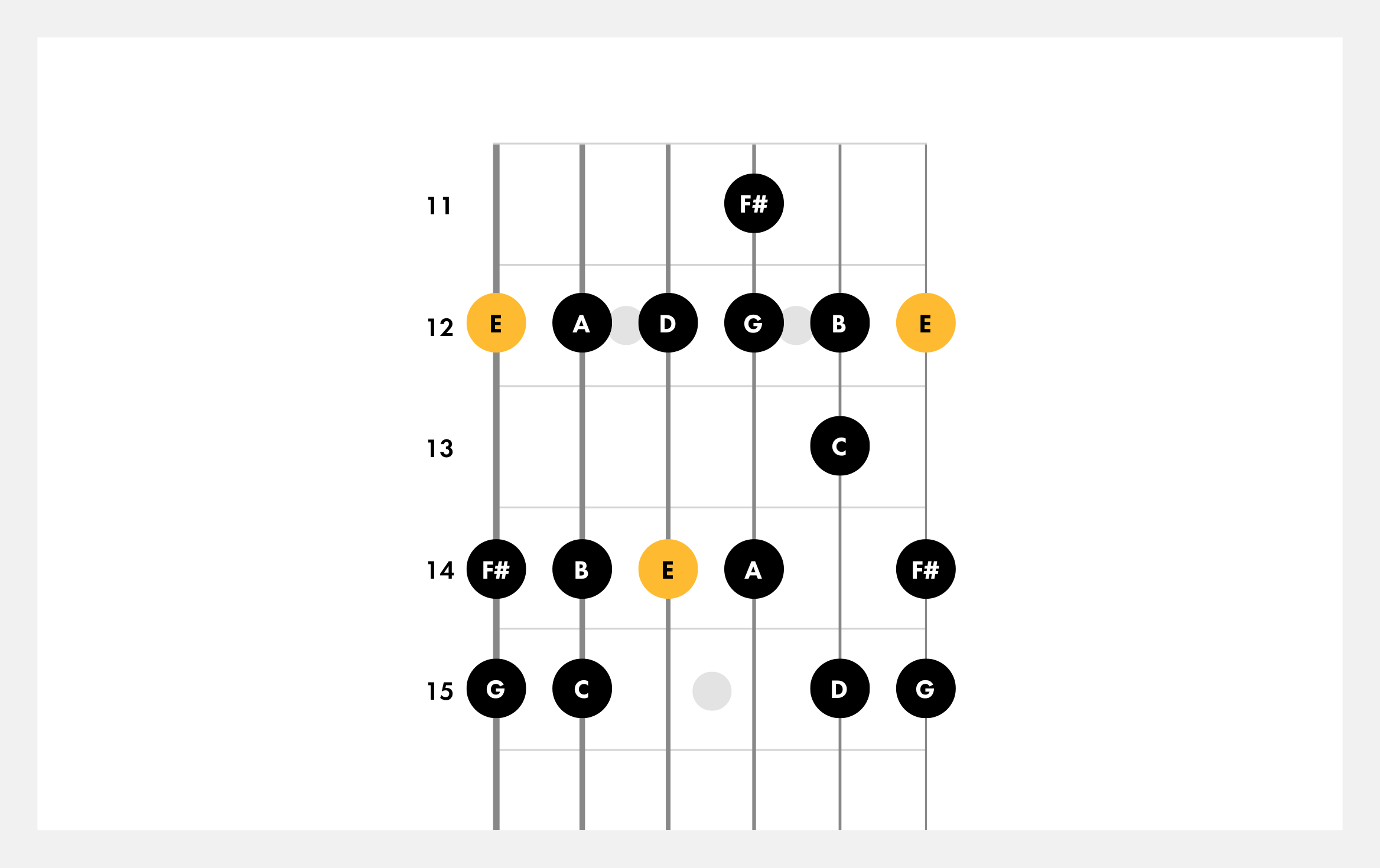


How To Play E Minor Guitar Scales Fender Play
LINEAR SCALE PATTERNS One common system for creating linear patterns involves grouping the notes of a scale in a series of symmetrical two stringset shapes and repeating them up the fretboard FIGURE 1A applies this concept to the G minor pentatonic scale (GCDF) All of the scale's pitches are represented in a fivenote symmetricalE Minor scale E Minor scale for bass guitar presented by diagram The E Minor displayed as fingerboard diagram for bass The notes are marked in blue color, root notes are the darker ones The oneoctave pattern starts on the 3rd string, 7th fret Full fretboardAbout Guitar Scale Keynote scale E Charts scale eminorpdf



How To Solo Across The Fretboard Using Modes Part 1 Relative Modes


1
When you are done, click on "Image and URL" to save your scale for posterity!The minor blues scale has the same notes as the minor pentatonic, as well as a raised 4 th degree – A C D D# E G Natural minor guitar scale patterns and licks In this section we'll cover the five 3 note per string patterns that cover this scale over the entire guitar fretboard together with guitar licks that use notes from each pattern Pattern 1 The first pattern starts on the 5 th fret of the low E stringEm is a simple triad that follows standard minor chord formula (1b35) and consists of E, G and B notes Chord formula 1 – b3 – 5 Chord notes E – G – B Alternative names Em, Emin, E− Common functions ichord in E minor key iiichord in C major key vichord in G major key



G Major And E Minor Question Ultimate Guitar
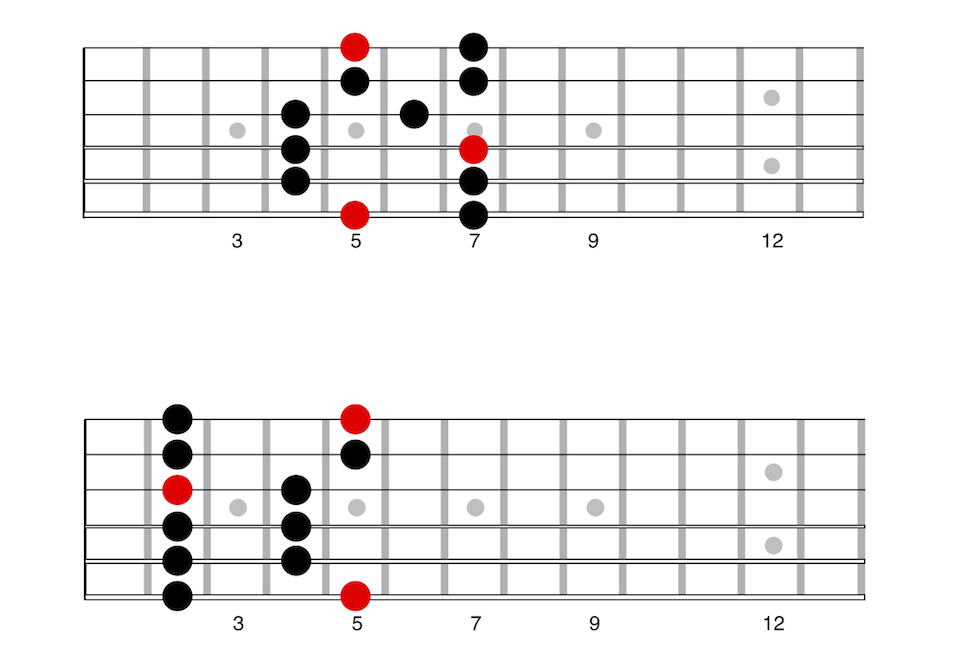


The Major Pentatonic Scale Anyone Can Play Guitar
If you've spent any time learning guitar scales, you'll know the importance of memorizing patterns the roadmap for playing scales across the fretboard While you may be familiar with "boxed" and "three notes per string" scale patterns, you soon feel the urge to break out of these narrow limitations and span more of the neckIn this post we're going to learn how to play the Minor scale, with the help of fretboard diagrams and guitar tabs The Minor Scale scale is made up of the Root, Major Second, Minor Third, Perfect Fourth, Perfect Fifth, Minor Sixth, and Minor Seventh The C Minor Scale scale is composed of the notes C, D, Eb, F, G, Ab, andA key that shows up from time to time on the guitar is the key of E Major This makes knowing the key of E guitar notes across the entire fretboard very useful Below is a diagram you can use to learn all of the key of E guitar notes across the fretboard
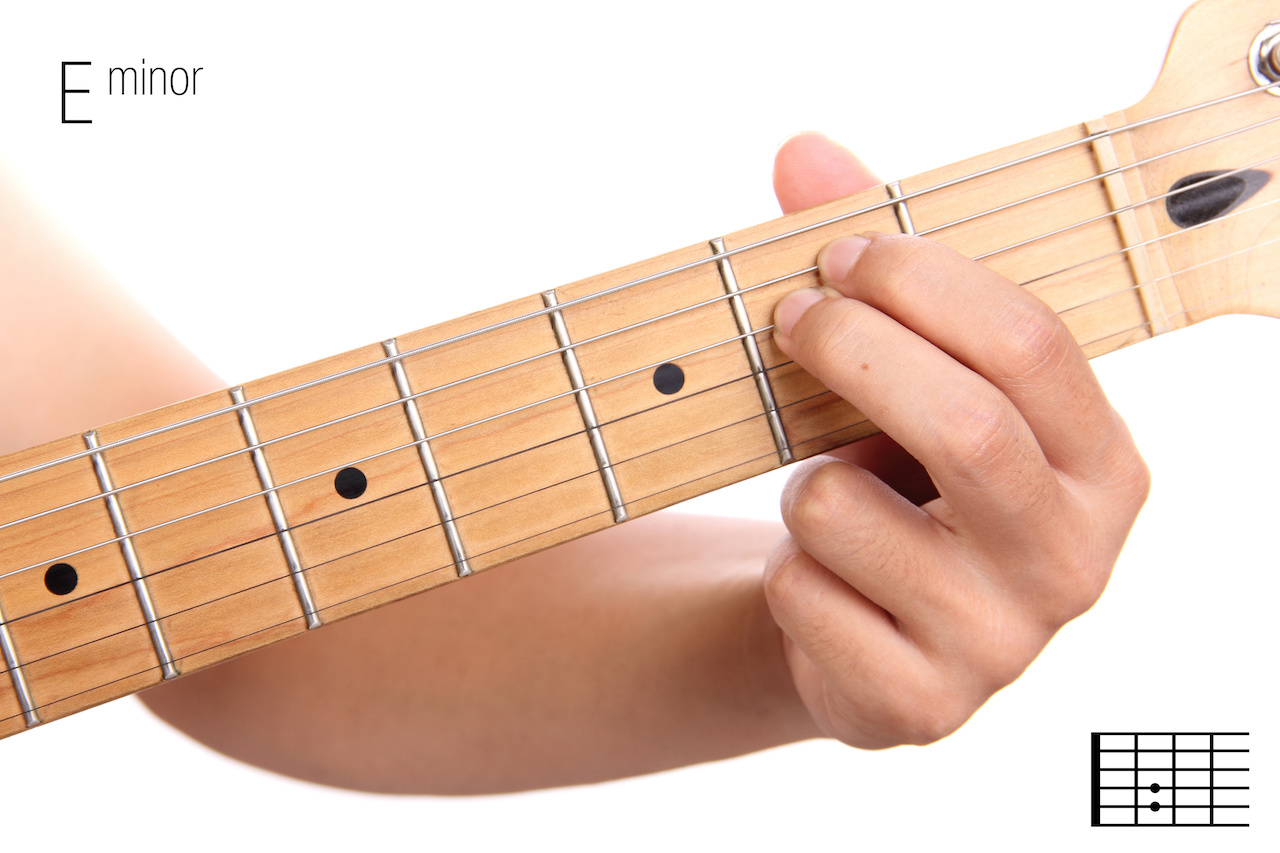


E Minor Chord On Guitar Chord Shapes Scale Popular Songs In The Key



A Harmonic Minor Guitar Fretboard Knowledge
First, let's take a look at the pentatonic scale spanning across the fretboard Pentatonic Scale in A Minor/C Major Now, adding the b5 aka the "blue note" across the board, you have Blues Scale in A Minor/C Major From here, it's simply a matter of remembering where the "blue note" or b5 note goes within each of the 5 patternsI'd say you can learn all the notes on the guitar fretboard in 10 minutes or less This is the first step toward playing all over the guitar neck Guitar fretboard notes chart Before we get into the actual strategy of learning the fretboard, let's take a look at the fretboard diagram with all notesThe E Minor Pentatonic Scale consists of 5 notes E, G, A, B, D, before returning to the root note of E (at a different octave to where you started) FretMap Interactive Guitar Fretboard Choose Type



Minor Pentatonic Scales In The Caged System Youtube


1
A guitar tab of the scale is shown right below the fretboard Beginner Scales Major, Minor and Pentatonic The most common scales that a beginner should learn first are the major, minor and pentatonic scales You'll also find pattern for the melodic and harmonic minor scaleHere's the key (pun intended) In the key of E minor, the notes within the minor pentatonic scale are E, G, A, B and D Playing from E to E generates a sixnote series to complete the octave To have a single pattern that works anywhere on the fretboard, we'll first find the fourth of the key, which is the note, ATypically, musicians would call this a Db scale, because there are less notated accidentals (altered tones) than in the C# spelling of this scale Guitar Scales Key of Ab major (F minor) Guitar Scales Key of Eb major (C minor) Guitar Scales Key of major (G minor) Guitar Scales Key of F major (D minor) Guitar Scales G major (E minor



Natural Minor Scale Guitar Tutor


Eminor Pentatonic Guitar
The E Minor scale consists of seven notes These can be described as intervals, as seminotes or steps on the guitar fingerboard, written as 2 1 2 2 1 2 2 from the first note to the next octave The E Minor is relative to G Major Both scales include the same notes but their tonal center differAbout Guitar Scale Keynote scale E Charts scale eminorpdfLesson Playing the B Minor Scale on Guitar Learning the B minor scale is an excellent way to expand your range as a guitarist This scale is the relative minor of D major, which means you will see the same notes in both of these scales, albeit in a different order
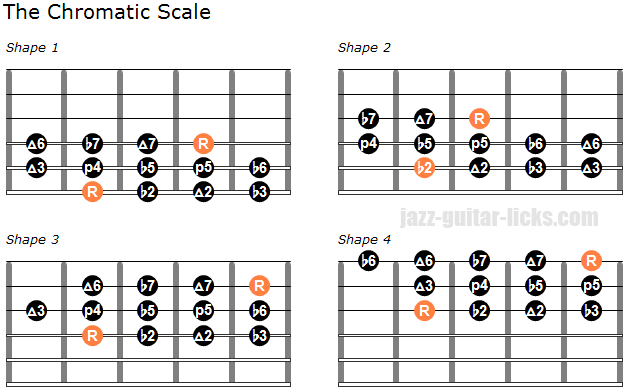


The Chromatic Scale Guitar Lesson With Diagrams Patterns



E Spanish Gypsy Scale Charts For Guitar And Bass
E Minor 7 Arpeggio shapes and fretboard diagrams for guitar including note information All diagrams created by a guitarist, for guitaristsGuitarMaps are a simple way to develop a better vision of the whole guitar fret board, allowing you to play solos anywhere on the guitar neck Guitar Maps connect E minor guitar scales together so you can play them up the whole guitar neck Guitar scale maps are great with guitar backing tracks in the key of E minor Check Out Latest Backing Track Rock Ballad in E MinorThis page includes notation/tabs and scale diagrams for each position along the fretboard Open Position E Minor Blues Scale E Minor Blues Scale CAGED Positions Here are the 5 CAGED positions for the E minor blues scale (notes and tabs) 2nd Position (lowest fret is 2) 4th Position (lowest fret is 4) 7th Position (lowest fret is 7) 9th Position (lowest fret is 9) 12th Position (lowest fret is 12)



Guitar Fretboard Diagram Of E Scales Guitar Chords Learn Guitar Guitar Scales Charts


Pentatonic Minor Scale Guitar Patterns Chart Key Of A By Jay Skyler
We start with a basic natural minor scale guitar pattern, then introduce additional fretboard patterns that will allow you to play the scale all over the guitar neck Practice using the scale with the backing track provided What you'll learn The basic natural minor scale guitar pattern Four more natural minor scale fretboard patternsGuitar Maps are a unique way to learn and practice E minor guitar scales GuitarMaps are a simple way to develop a better vision of the whole guitar fret board, allowing you to play solos anywhere on the guitar neck Guitar Maps connect E minor guitar scales together so you can play them up the whole guitar neck Guitar scale maps are great with guitar backing tracks in the key of E minor'E Minor Pentatonic' contains the following notes E – G – A – B – D The relative major of E minor is G Major The minor pentatonic scale in general is one of the easiest and most useful scales to learn on the guitar The E minor pentatonic scale can be used over E minor chords and songs in the key of E minor



Pentatonics Of Melodic Minor Scales Modes Strings Of Rage



Minor Scales 2 And 3 Octave Transposable Patterns Jeffrey Goodman Music
First, let's take a look at the pentatonic scale spanning across the fretboard Pentatonic Scale in A Minor/C Major Now, adding the b5 aka the "blue note" across the board, you have Blues Scale in A Minor/C Major From here, it's simply a matter of remembering where the "blue note" or b5 note goes within each of the 5 patternsThe A minor pentatonic scale We'll find out more about its 'theory' later But for now, we're using it to read scales on fretboard diagrams Look at this diagram There's no dark line (or double line) to show the nut It is common to see a number on the left of the top fret This indicates the starting fret3 essential E minor pentatonic scale patterns 5 cool licks & flicks in E minor pentatonic that make you sound amazing How to tell when you can use the E minor pentatonic scale (in a way that musically 'works' and actually sounds good) 2 mustknow secrets for solos How to improvise with a scale



E Minor Pentatonic Scale Free Pentatonic Scales
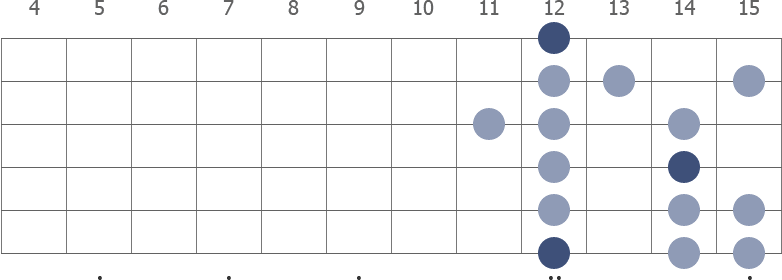


E Minor Guitar Scale
The A minor pentatonic scale We'll find out more about its 'theory' later But for now, we're using it to read scales on fretboard diagrams Look at this diagram There's no dark line (or double line) to show the nut It is common to see a number on the left of the top fret This indicates the starting fretE Minor scale for bass guitar presented by diagram The E Minor displayed as fingerboard diagram for bass The notes are marked in blue color, root notes are the darker ones The oneoctave pattern starts on the 3rd string, 7th fretHere is a guitar fretboard diagram of the E minor pentatonic scaleNotice that the notes repeat along the entire width of the fretboard, based on the formula for the scale


Playing Scales Across The Fretboard Fast Fluidly Musically



Bass Guitar Minor Scales Fretboard Diagrams Bass Player Center
Natural Minor Scale Positions This lesson will help you unbox the natural minor scale across the entire fretboard We'll do this in exactly the same way we do in the other scale lessons by using natural minor scale positions built around its 7 scale degrees So, to start with, we need to lay out the intervals of natural minor across the low E string to give us our "position points"We start with a basic natural minor scale guitar pattern, then introduce additional fretboard patterns that will allow you to play the scale all over the guitar neck Practice using the scale with the backing track provided What you'll learn The basic natural minor scale guitar pattern Four more natural minor scale fretboard patternsIn this post we're going to learn how to play the Minor scale, with the help of fretboard diagrams and guitar tabs The Minor Scale scale is made up of the Root, Major Second, Minor Third, Perfect Fourth, Perfect Fifth, Minor Sixth, and Minor Seventh The C Minor Scale scale is composed of the notes C, D, Eb, F, G, Ab, and



E Minor Pentatonic Scale Notes Shape Box Theguitarlesson Com


G Major E Minor Scale Guitar Scientist
Guitar scale E Minor scale Forget the guess work and use our helpful scale & mode recommendations for each Guitar Backing Track Click to change the guitar fretboard scale, patterns, system & string options!Here are the guitar fretboard notes and how to learn them very quickly There are 12 notes in a standard western music These 12 notes repeat themselves on each string working upwards in octavesThe fretboard shows the first 12 frets Most guitars have 22 or 24 frets but all is well as the patterns repeat exactly starting at the 12th fret, so if you want to see a pattern on the th fret for instance, just look at the 8th fret instead and move it up 12


Melodic Minor Scale On Guitar Everything You Need To Know



G Major Scale Fretboard Diagrams Chords Notes And Charts Guitar Gear Finder
Learn how to play the Harmonic Minor (Aeolian Maj 7) guitar scale with guitar tabs and neck diagrams all along the fretboard You can also enjoy a tutorial for the Harmonic minor scale in the key of E This scale is made up of the Root, Major Second, Minor Third, Perfect Fourth, Perfect Fifth, Minor Sixth, and Major Seventh



Lots And Lots Of Colored Dots A Fretboard Explanation Of Pop Tonality Soundfly
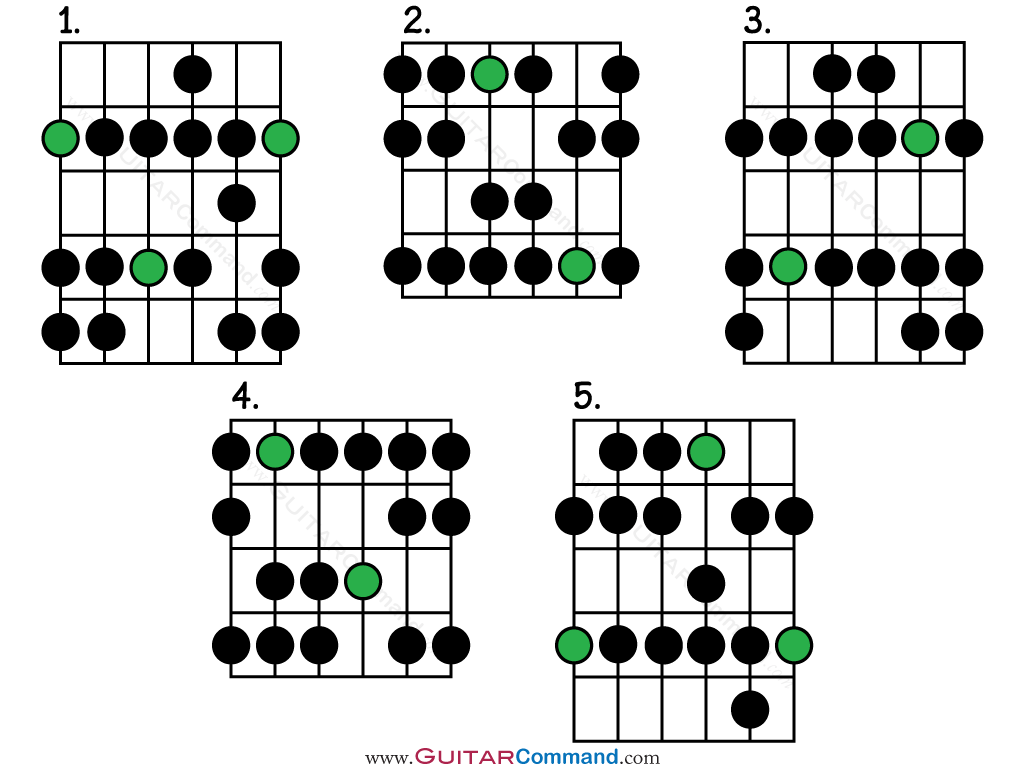


Natural Minor Scale Guitar Patterns Tab Notation Diagrams Lesson



Caged Minor Guitar Chords


1



Natural Minor Scale Guitar Tutor
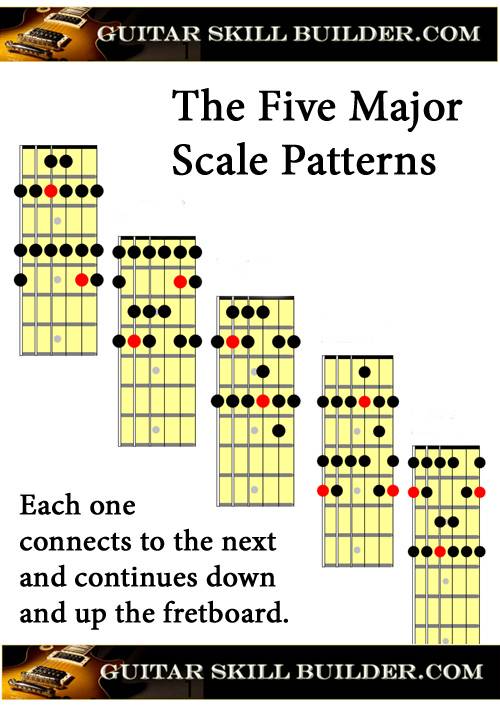


Guitar Scales Printable Charts Of The Most Commonly Used Scales


Bass E Major Scale Guitar Scientist



Using Pentatonic Scales On Guitar Guitar Music Theory By Desi Serna



A Beginner S Guide To The Minor Pentatonic Scale Happy Bluesman



Learn 5 Ways To Play E Minor Chord By Chord Acoustic Guitar
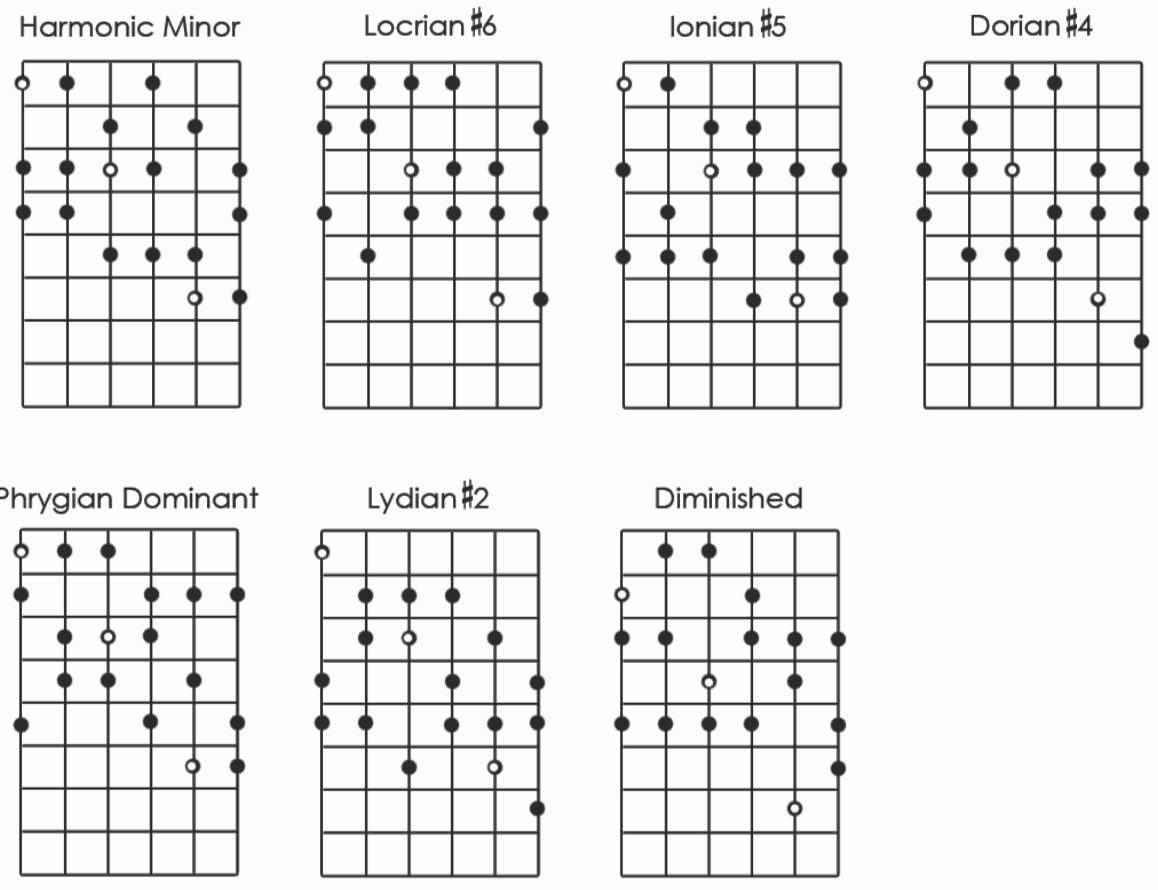


Guitar Practice The Harmonic Minor Scale Life In 12 Keys
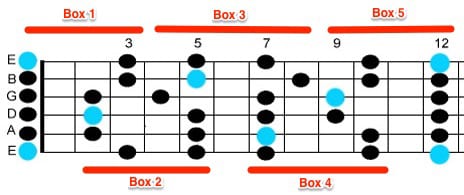


E Minor Pentatonic Scale The Ultimate Guide
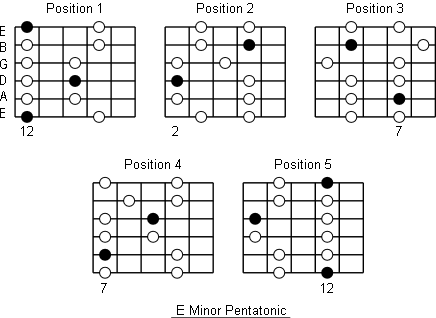


E Minor Pentatonic Scale Note Information And Scale Diagrams For Guitarists


Playing Scales Across The Fretboard Fast Fluidly Musically



Fretboard Workshop A Pentatonic Approach To Modes 13 10 11 Premier Guitar
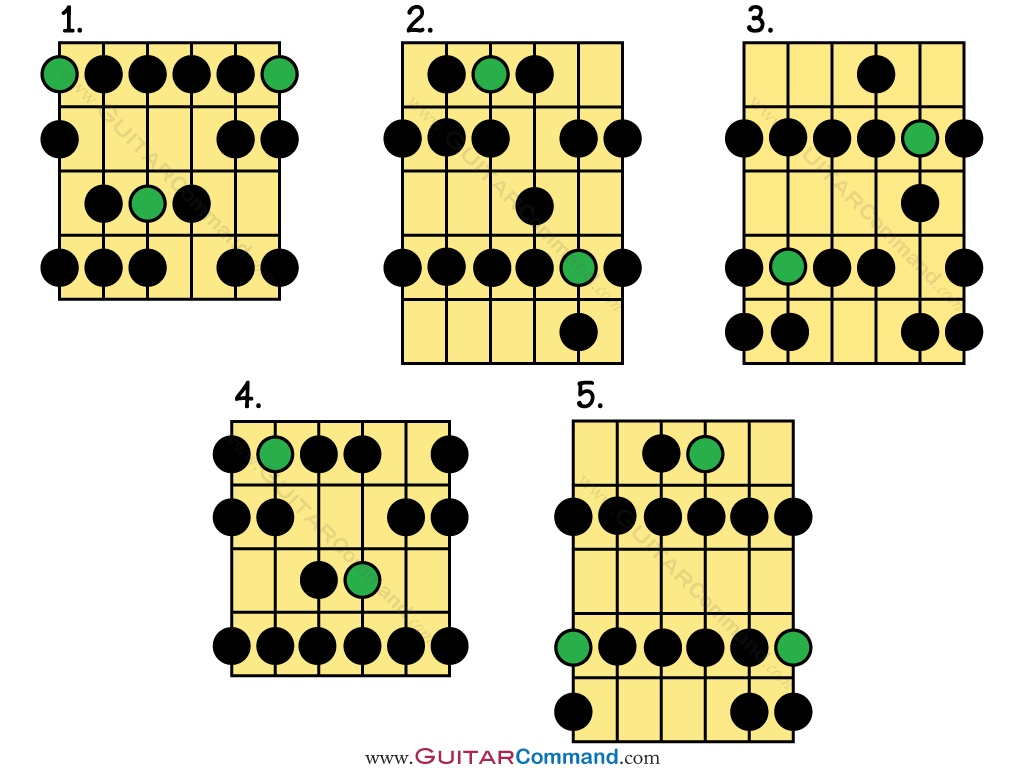


Phrygian Scale Guitar Tab Notation Patterns Play The Phrygian Mode



Learn Guitar Scales In 8 Easy Steps


E Minor Pentatonic Minor Guitar Scale Playtheaxe Com



Bass Guitar Minor Scales Fretboard Diagrams Bass Player Center



Blues Scale Guitar Tab Patterns Your Complete Guide To Blues Scales



How To Link Pentatonic Scale Shapes To Caged



E Minor Scale For Guitar Constantine Guitars



Mixing Metal Scales The Egyptian Scale Pentatonic Minor Chusss Myguitarworkshop Guitar Community



E Minor Blues Scale On The Guitar 5 Caged Positions Tabs And Theory
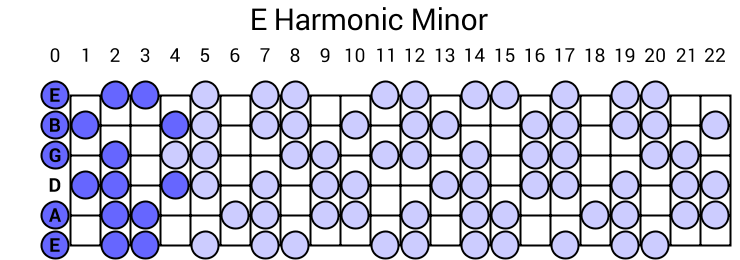


E Harmonic Minor Scale



E Melodic Minor Scale



Pentatonics Of Melodic Minor Scales Modes Strings Of Rage
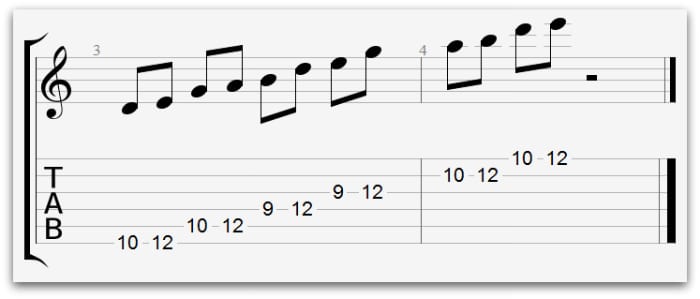


E Minor Pentatonic Scale The Ultimate Guide



E Minor Pentatonic Guitar Scale Lesson Beginners First Step To Soloing Youtube



E Minor Blues Scale On The Guitar 5 Caged Positions Tabs And Theory
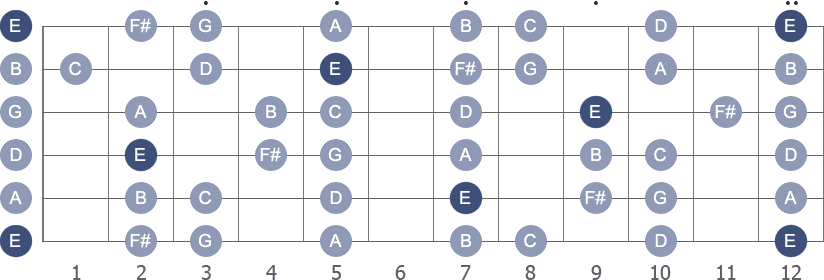


E Minor Guitar Scale



D E G A B The E Minor Pentatonic Scale Guitar Fretboard Knowledge



Udemy 100 Free The E Minor Pentatonic Scale Course For Guitar
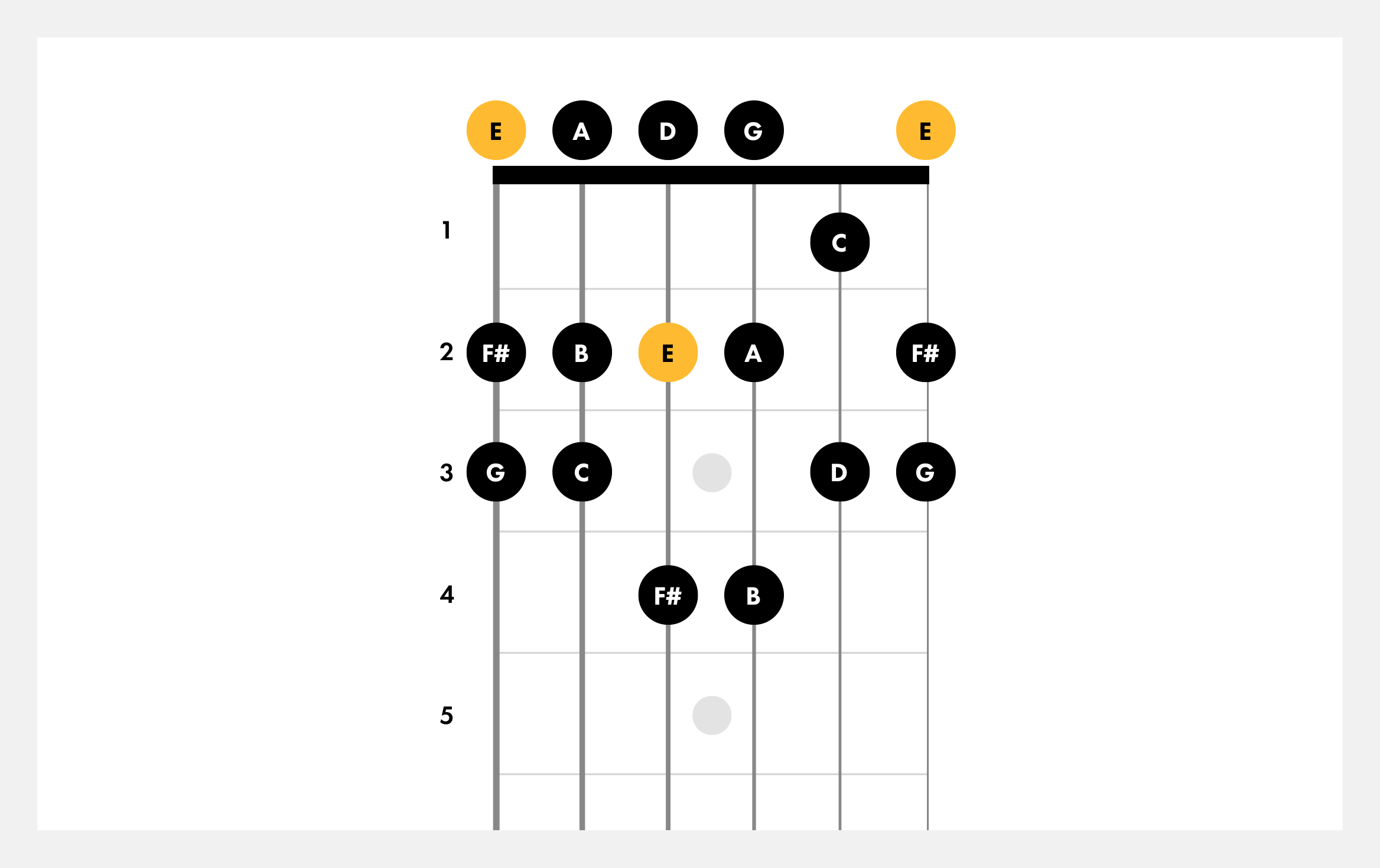


How To Play E Minor Guitar Scales Fender Play


Spanish Minor Guitar Scale Patterns Chart Key Of E By Jay Skyler
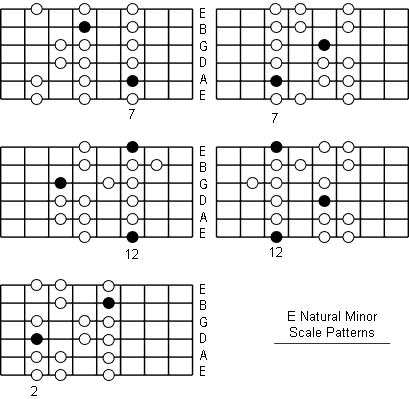


E Natural Minor Scale Note Information And Scale Diagrams For Guitarists



E Minor 7 Arpeggio Patterns And Fretboard Diagrams For Guitar Chitarra Elettrica Chitarra
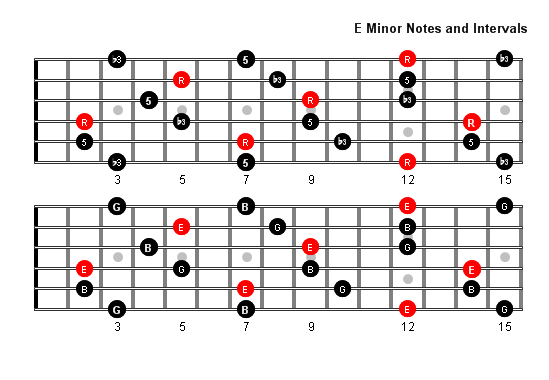


E Minor Arpeggio Patterns And Fretboard Diagrams For Guitar



E Natural Minor Scale Note Information And Scale Diagrams For Guitarists



Guitar Scales Wikibooks Open Books For An Open World


Chords In1st Position Key Of E Minor Discover Guitar Online Learn To Play Guitar



Minor Scale Positions Theoryapplied Guitar Theory


Blogozon No 11 Edcag Octaves E Harmonic Minor Scale Box Shapes Slash S Guitar Solo From Sweet Child O Mine


E Minor Scale Guitar Scientist



Ultimate Guitar Scales For Beginners Shredlabel



E Melodic Minor Scale Free Melodic Minor Scales



E Minor Pentatonic Scale The Easiest Guitar Scale Easy Guitar Lesson Guitar Tutorial Youtube



E Minor Pentatonic Scale On The Guitar 5 Caged Positions Tabs And Theory
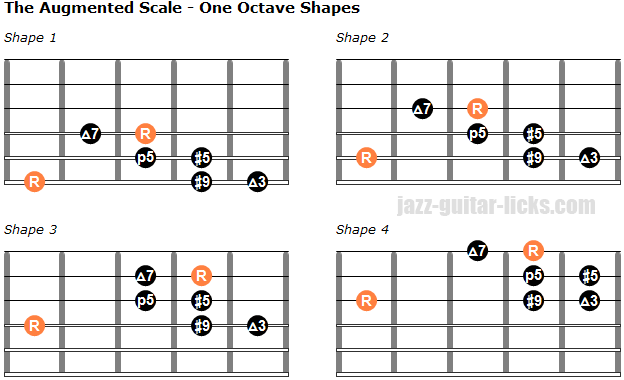


The Augmented Scale Guitar Lesson With Positions And Licks


E Minor Pentatonic Scale Patterns Guitar Scientist



Using Pentatonic Scales On Guitar Guitar Music Theory By Desi Serna



Learn The Pentatonic Scale Guitar Secrets Free Online Guitar Lessons



Caged Minor Guitar Chords



All Penatonic Positions On Fretboard Yahoo Image Search Results Music Theory Guitar Pentatonic Scale Guitar Blues Scale



A Minor Pentatonic Scale Notes Positions Application



Blues Scales The Major And Minor Blues Scale


Q Tbn And9gcqyf3kimskzuby Ffzgg 1xfozlqsttsqtyzms8nf2gkhs4prpd Usqp Cau



Guitar Scales How To Play Scales Tutorial


Jazz Ascending Melodic Minor Scale Guitar Fretboard Patterns Chart Key Of A By Jay Skyler
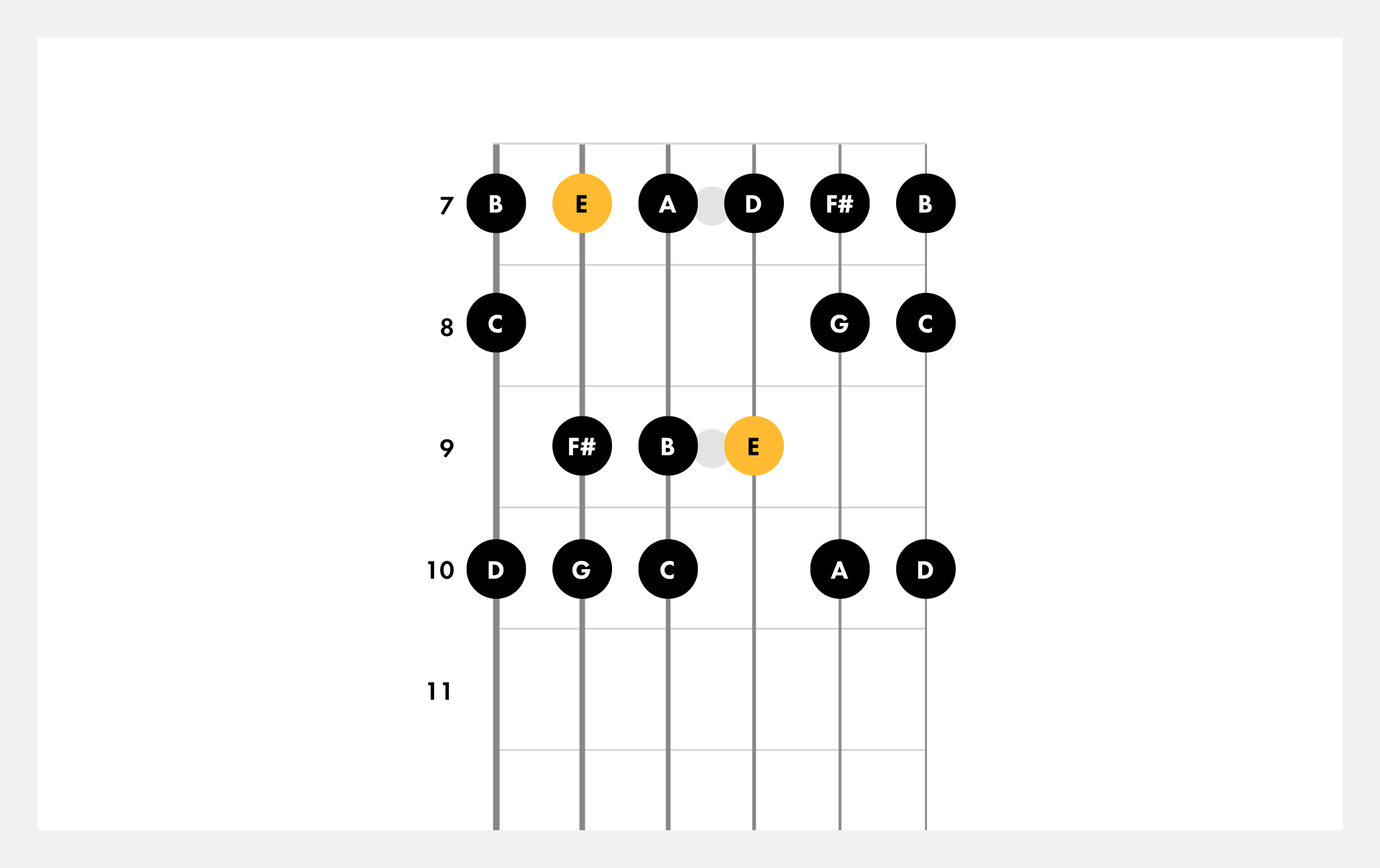


How To Play E Minor Guitar Scales Fender Play



E Natural Minor Scale Guitar Drone Fest
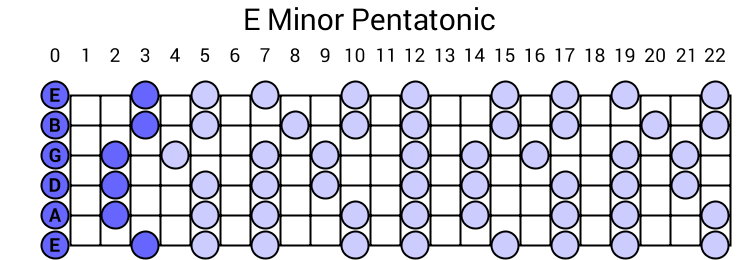


E Minor Pentatonic Scale



How To Find Major And Minor Chords All Over The Guitar Deft Digits Guitar Lessons



E Minor Blues Scale On The Guitar 5 Caged Positions Tabs And Theory



Scale Box Positions



Ultimate Guitar Scales For Beginners Shredlabel
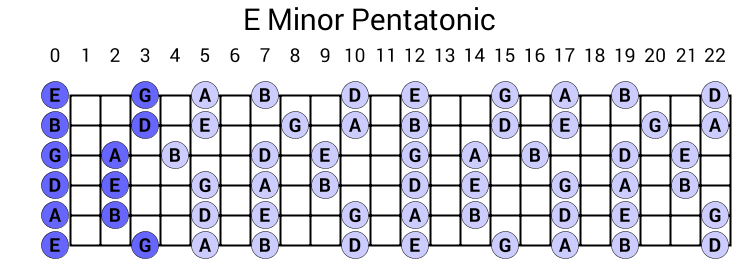


Is There Any Scale Better Than E Minor Pentatonic Page 2 Marshallforum Com



E Minor Pentatonic Scale Notes Shape Box Theguitarlesson Com



D Melodic Minor Guitar Fretboard Knowledge



Eb Pentatonic Scale Charts For Guitar And Bass
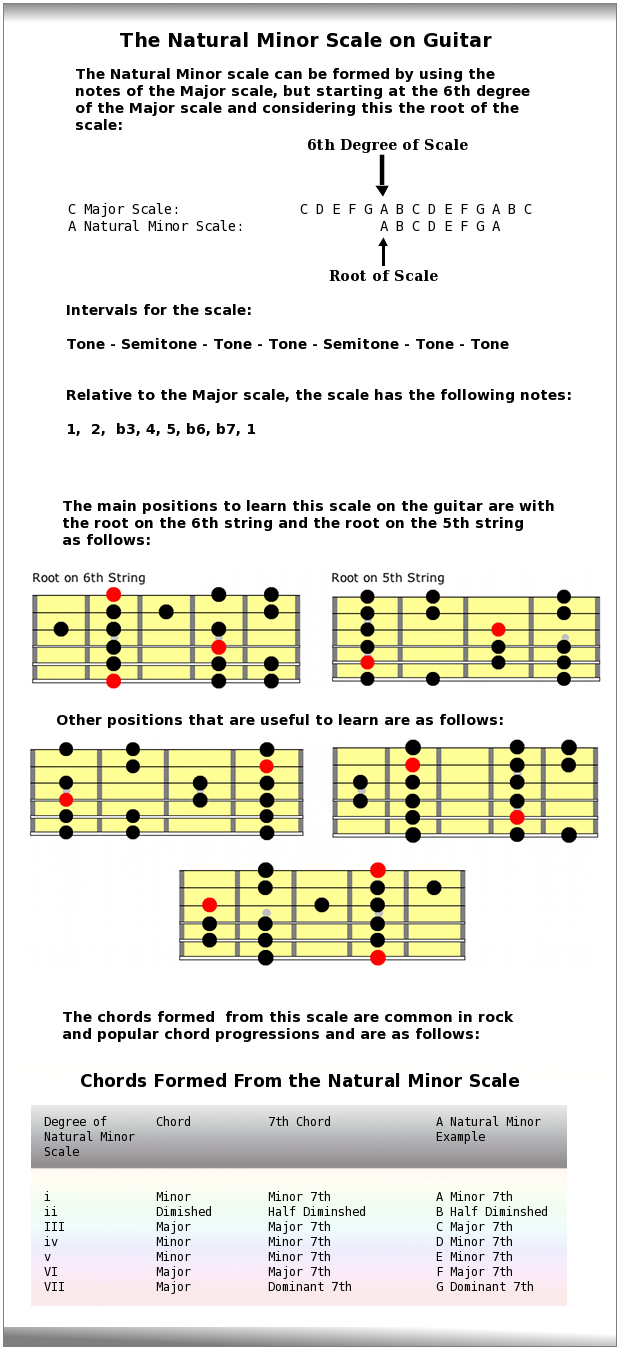


Natural Minor Scale Aeolian Mode Guitar Scales
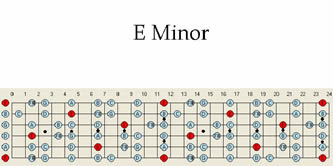


E Minor Guitar Scale Pattern Chart Scales Maps



E Minor Triad E G B Guitar Fretboard Knowledge



E Minor Pentatonic Scale Note Information And Scale Diagrams For Guitarists



Scale Patterns Jens Larsen



Combining The Harmonic Minor Scale With The Major Scale



E Major Scale Fretboard Diagrams Chords Notes And Charts Guitar Gear Finder
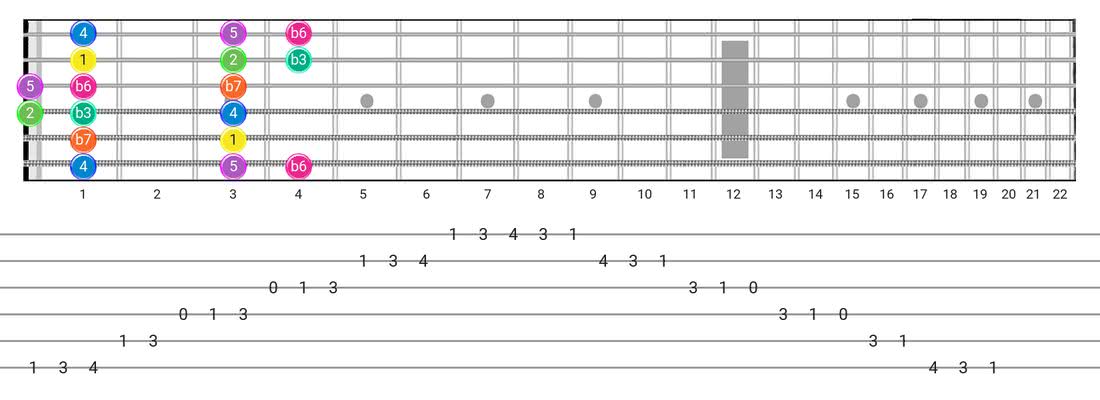


Easy Ways To Play The Minor Scale On Guitar


コメント
コメントを投稿